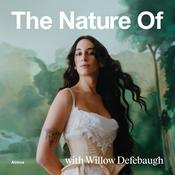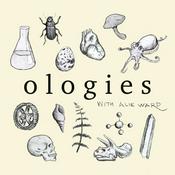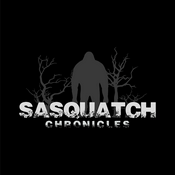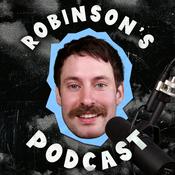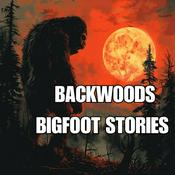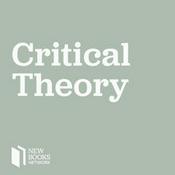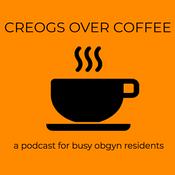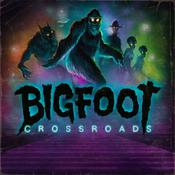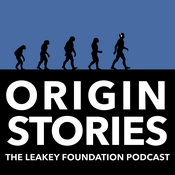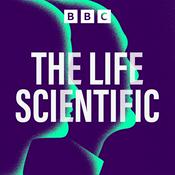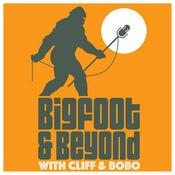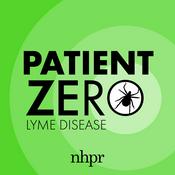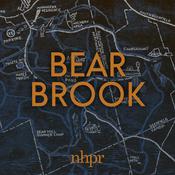Available Episodes
5 of 367
- Of Men and MiceAt any given time, millions of lab mice are being used in research facilities nationwide. And yet nearly all of them can be connected back to a single source: The Jackson Laboratory in Bar Harbor, Maine, where the modern lab mouse was invented.What started as a research project aimed at understanding heredity is now a global business. Research on lab mice has led to more than two dozen Nobel prizes, helped save countless human lives, and has pushed science and medicine to new heights. But behind it all is a cost that’s rarely discussed outside of the ethics boards that determine how lab mice are used. In this episode, we hear the story of how a leading eugenicist turned the humble mouse from a household pest into science’s number one guinea pig. Plus, we get a rare peek inside the Jackson Laboratory - where over 10,000 strains of lab mice DNA are kept cryogenically frozen. Featuring Bethany Brookshire, Kristin Blanchette, Lon Cardon, Rachael Pelletier, Karen Rader, Nadia Rosenthal and Mark Wanner. Produced by Jeongyoon Han. For a transcript and full list of credits, go to outsideinradio.org. Note: This episode originally aired in April, 2023. SUPPORTOutside/In is made possible with listener support. Click here to become a sustaining member of Outside/In. Follow Outside/In on Instagram or join our private discussion group on Facebook.Submit a question to the “Outside/Inbox.” We answer queries about the natural world, climate change, sustainability, and human evolution. You can send a voice memo to [email protected] or leave a message on our hotline, 1-844-GO-OTTER (844-466-8837).LINKSKaren Rader’s book, Making Mice: Standardizing Animals for American Biomedical Research, 1900-1955, is a definitive source on the birth of the lab mouse…Curious to learn more about pests? Take a look at Bethany Brookshire’s book, Pests: How Humans Create Villains.This piece from the New Yorker questions the assumptions and ethical choices scientists have made by using lab mice in sterilized lab environments.In this New York Times essay, Brandon Keim explores how some ethicists want to reduce harm to animals used for research through a new model: repaying them. Hosted by Simplecast, an AdsWizz company. See pcm.adswizz.com for information about our collection and use of personal data for advertising.--------39:00
- On the mend: 8 tips on how to repair your clothesThe garment industry has a giant carbon footprint, labor issues, and a massive waste problem. We have the power to change how and where we shop, but there’s another way to shift our consumption: the practice of repairing our clothes. After all, the most sustainable garment is always the one already hanging in your closet. But mending is more than a household chore: it can also infuse new joy in our habits, skills, perspective, and community.Outside/In producer Justine Paradis talked to a few repair pros and came up with 8 tips on embracing a repair mindset, lengthening the life of our clothes, and getting the practice of mending into the rhythm of our lives. Featuring Emilia Petrarca, Dante Zagros Gonzalez, Steve Foss, Arounna Khounnoraj, Sonali Diddi, Vrylena Olney, Ely Spencer, and Ali Mann.This episode was produced by Justine Paradis. For full credits and transcript, visit outsideinradio.org. LINKSA few extraordinary examples of mending: Celia Pym’s Norwegian Sweater, a Japanese fisherman’s jacket constructed with sashiko, wool coats repaired with lavish embroidery, and a plain white t-shirt mended by Maya Skylark.Look for mending classes at your local library, thrift stores, knitting shops, or other community gathering places. Remote classes are also offered at places like Tatter. You can also find a repair cafe near you, explore starting your own, or try throwing a repair party with friends.“Why Do Clothes Suck Now” – a great primer on Culture StudyA striking visual demonstrating the decline in sweater quality since the ‘90s. How to buy a sweater that doesn’t suck (Defector)“Repair Month” on Emilia Petrarca’s newsletter Shop Rat, including laundry tips and her crowd-sourced Google spreadsheet of repair specialists in NYC and beyond. Hosted by Simplecast, an AdsWizz company. See pcm.adswizz.com for information about our collection and use of personal data for advertising.--------28:29
- Operation Night Cat, Episode 3: A Duck’s a Duck“Operation Night Cat” is a special three-part series from NHPR’s Document team and Outside/In.Episode 3: A Duck’s a DuckTwo sets of potential crimes, investigated by more than five sets of law enforcement agencies. Why most of them never took a shot at accountability.News audio clip credit: WMUR. For a full list of credits and transcript, visit outsideinradio.org. SUPPORTOperation Night Cat is made possible with listener support. Click here to support independent, investigative journalism. To hear more of Document's investigative journalism, including their three-part series on New Hampshire's YDC scandal, subscribe wherever you get your podcasts. Follow Outside/In on Instagram or join our private discussion group on Facebook. Hosted by Simplecast, an AdsWizz company. See pcm.adswizz.com for information about our collection and use of personal data for advertising.--------37:24
- Operation Night Cat, Episode 2: Behind the Brick Wall“Operation Night Cat” is a special three-part series from NHPR’s Document team and Outside/In.Episode 2: Behind the Brick WallThe poaching investigation takes a surprising turn when it reveals another set of potential crimes – this time, behind the brick walls of New Hampshire’s State Prison for Men.This episode contains strong language that may not be suitable for all listeners. For a full list of credits and transcript, visit outsideinradio.org.SUPPORTOperation Night Cat is made possible with listener support. Click here to support independent, investigative journalism. Follow Outside/In on Instagram or join our private discussion group on Facebook. Hosted by Simplecast, an AdsWizz company. See pcm.adswizz.com for information about our collection and use of personal data for advertising.--------28:41
- Operation Night Cat, Episode 1: Why Did the Deer Cross the Road?“Operation Night Cat” is a special three-part series from NHPR’s Document team and Outside/In.Episode 1: Why Did the Deer Cross the Road? A New Hampshire Fish and Game warden follows a tip to a man’s backyard. He finds a twisted game of one-upmanship with digital trophy rooms.This episode contains strong language. For a full list of credits and transcript, visit outsideinradio.org. SUPPORTOperation Night Cat is made possible with listener support. Click here to support independent, investigative journalism. Follow Outside/In on Instagram or join our private discussion group on Facebook. Hosted by Simplecast, an AdsWizz company. See pcm.adswizz.com for information about our collection and use of personal data for advertising.--------27:17
More Science podcasts
Trending Science podcasts
About Outside/In
Outside/In: Where curiosity and the natural world collide.
Look around, and you’ll find everything is connected to the natural world. At Outside/In, we explore that idea with boundless curiosity. We report from disaster zones, pickleball courts, and dog sled kennels, and talk about policy, pop culture, science, and everything in between. From the backcountry to your backyard, we tell stories that expand the boundaries of environmental journalism.
Outside/In is a production of NHPR. Learn more at outsideinradio.org
Podcast websiteListen to Outside/In, The Nature Of with Willow Defebaugh and many other podcasts from around the world with the radio.net app
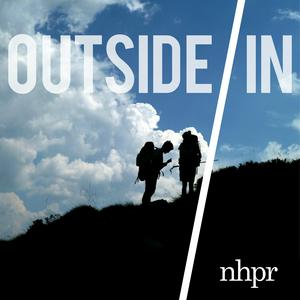
Get the free radio.net app
- Stations and podcasts to bookmark
- Stream via Wi-Fi or Bluetooth
- Supports Carplay & Android Auto
- Many other app features
Get the free radio.net app
- Stations and podcasts to bookmark
- Stream via Wi-Fi or Bluetooth
- Supports Carplay & Android Auto
- Many other app features


Outside/In
Scan code,
download the app,
start listening.
download the app,
start listening.
